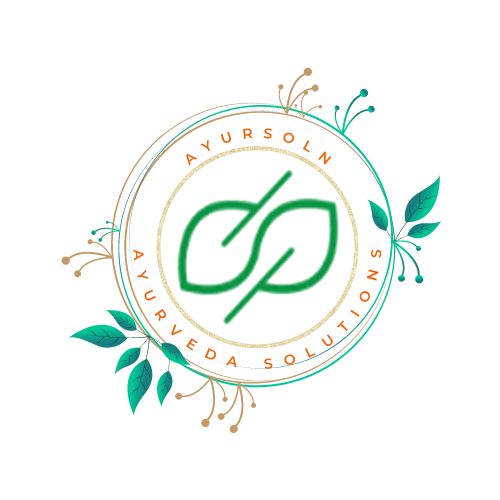CONCEPTS OF DRAVYAGUNA
- Home / DRAVYAGUNA (AYURVEDIC PHARMACOLOGY) /
- CONCEPTS OF DRAVYAGUNA
DEFINITION OF DRAVYAGUNA
INTRODUCTION
Every science has been developed on a basis of understanding and principles which form the basis for development. The principles are generally based on certain observations, inferences, beliefs and assumptions. These principles become guidelines for the various explanations which are totally known as concepts. Even, Ayurveda too is not an exception. Here too there are concepts like त्रिदोष (Tridosha), पञ्चमहाभूत (Panchamahabhuta), षड्पदार्थ (Shadpadartha), and like, that have deep influence into every branches of it.
Medicaments are the important component of the science that deals with health. These are as important as a well qualified physician. As a result these are the second in the list of necessary components for a successful treatment. The details of the medicaments is also equally important like any other subject of medicine in a medical science. The subject that deals with different aspects of medicaments is Pharmacology.
PHARMACOLOGY
Pharmacology is the study of medicaments, its action and the various benefits. It also deals with the harmful effects (if any) and the ways to deal with it too. Hence, the subject Pharmacology assumes an utmost importance which is necessary for every physician to know. It is because the pharmacology deals with how a drug acts, its pathway and how it moves out of the body. So it makes the physician to understand the real way how a drug will be moving in the body along with its relative effect. In Ayurveda, this branch is known by the name “Dravyaguna” which makes all the more important to be known.
DRAVYAGUNA
The branch द्रव्यगुण (Dravyaguna) as mentioned above is the section of Ayurveda which deals with medicaments. It is that branch that deals with the various properties of substances, its action and effects as defined by Acharya P.V. Sharma in his text Dravyaguna Vignyana Vol. 1. Like any other science, even this too has developed its own concepts along with imbibing the general concepts from Ayurveda. It is these concepts that deal with the various sub-branches of द्रव्यगुण (Dravyaguna). The concepts that are used in द्रव्यगुण (Dravyaguna) are the concepts of individual components of are useful in explaining the actions. These concepts are द्रव्य, रस, गुण, वीर्य, विपाक, प्रभाव and कर्म. As these are seven concepts, hence collectively called as सप्त पदार्थ (Sapta Padartha) of द्रव्यगुण (Dravyaguna). These seven concepts form the basis of pharmacodynamics in Ayurveda.
Other than these, there are many more concepts like विरुद्ध अन्न, etc that are used in the branch द्रव्यगुण (Dravyaguna). With the use of such concepts there is still more clarity for the understanding of drug action. Thus, they become all the more important to be and hence are present along with the other concepts. As these concepts are not its own, they are the ones present in other branches of आयुर्वेद (Ayurveda). These concepts are either present as general principles or basic concepts in other branches of आयुर्वेद (Ayurveda). Below is the list of different concepts that are either present in द्रव्यगुण (Dravyaguna) only or are taken from other branches.
LIST OF CONCEPTS IN DRAVYAGUNA
- Concept of पञ्चमहाभूत (Panchamahabhuta)
- औषध नामकरण (Aushadha Namakarana) principle
- अभाव & प्रतिनिधि द्रव्य (Abhava & Pratinidhi Dravya) principle
- Principle & Methodology of द्रव्य संग्रहण & संरक्षण (Dravya Sangrahana & Samrakshana)
- द्रव्यगुण मौलिक सिद्धान्त (Basic concepts of Dravyaguna)
- द्रव्य शोधन (Dravya Shodhana) conception and modalities
- विरुद्ध आहार (Viruddha Ahara) principle
- औषध सेवन (Aushadha Sevana) Concept
- अनुपान & सहपान (Anupana & Sahapana) conceptualization
- Principle of भेषज प्रयोग (Bheshaja Prayoga)
- Pharmacodynamics in Ayurveda


